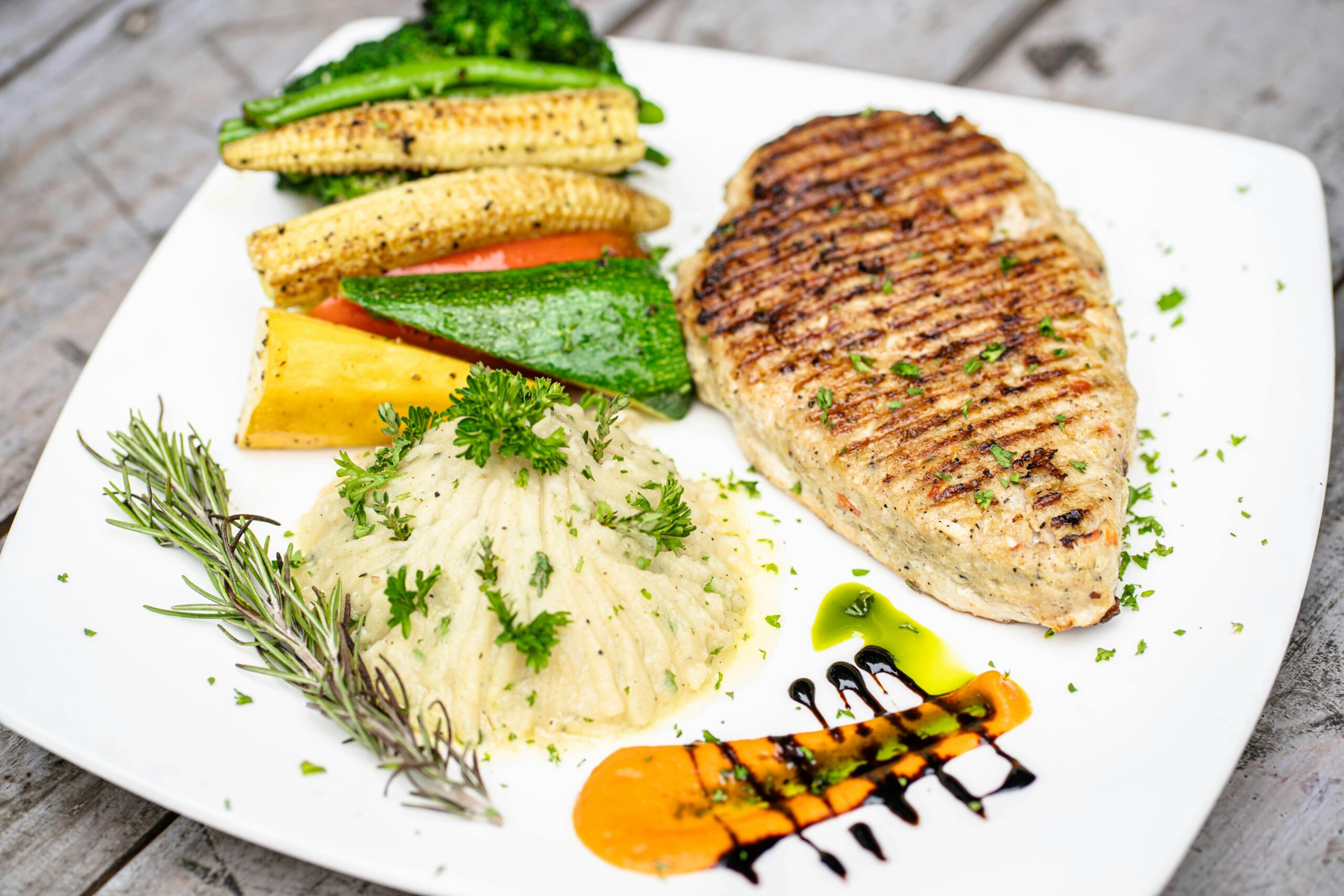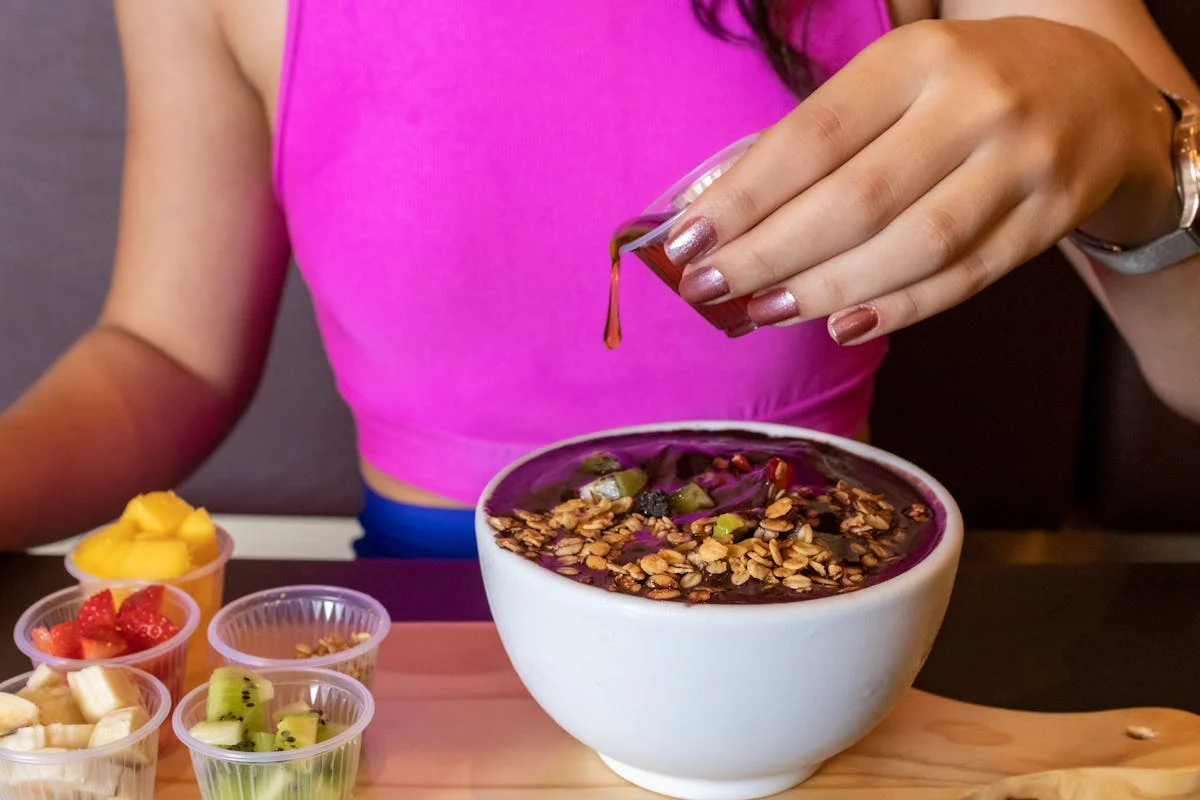Welcome to the fascinating world of thermogenic foods – nature’s fat-burning artillery that’s been hiding in plain sight.
I’ve spent weeks diving deep into the science of metabolism, and let me tell you, thermogenic foods are the real deal. They’re not some trendy diet hack or miracle cure, but rather foods that make your body work harder to digest them, cranking up your internal heat and burning more calories in the process.
What Exactly Are Thermogenic Foods? (And Why Should You Care?)
Think of thermogenic foods as your metabolism’s trainer. When you eat them, your body temperature rises slightly, your heart rate might tick up a notch, and your cellular machinery starts working overtime. This process, called diet-induced thermogenesis, can increase your energy expenditure by 8-10% for several hours after eating.
The science is pretty cool. Your body has to break down these foods, transport nutrients, and convert them into usable energy. Some foods require more energy to process than others, creating what I like to call the “metabolic tax,” – where your body burns extra calories just to handle what you’ve eaten.
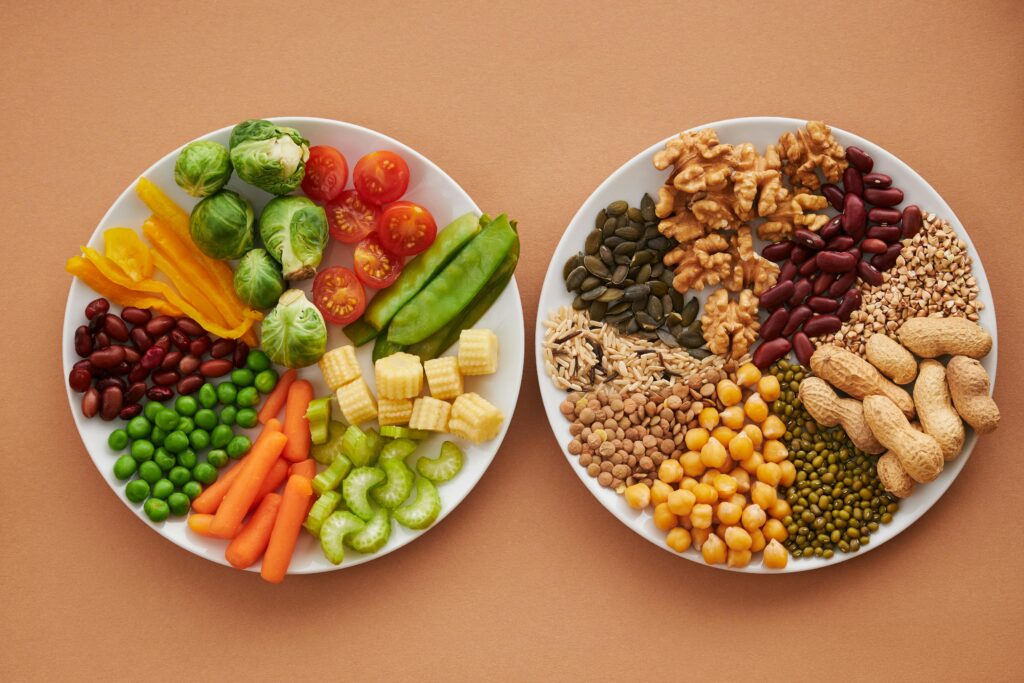
The Science Behind Thermogenesis: How Your Body Becomes a Fat-Burning Machine
Before we dive into the good stuff (the actual foods), let’s talk about what’s happening under the hood. Your body produces heat through several mechanisms:
Diet-Induced Thermogenesis (DIT) is like your digestive system’s workout. Protein has the highest thermic effect, requiring about 20-30% of its calories just to be processed. Carbs clock in at 5-10%, while fats are the lazy ones at 0-3%.
Non-Exercise Activity Thermogenesis (NEAT) includes all the fidgeting, posture maintenance, and spontaneous muscle contractions you do without thinking. Some thermogenic foods can increase your NEAT, making you naturally more active.
Brown Fat Activation is where things get interesting. Unlike regular fat that just sits there looking smug, brown fat burns calories to generate heat. Certain foods can activate this metabolic superhero hiding in your body.
The Top 15 Thermogenic Foods That’ll Supercharge Your Weight Loss
1. Lean Proteins: The Metabolism Kingpins
Let’s start with the heavy hitters. Chicken breast, turkey, fish, eggs, and lean beef are your metabolism’s best friends. I remember when I first learned about protein’s thermic effect – it blew my mind that you could burn 100 calories just by eating a 500-calorie chicken breast.
Why they work: Protein requires more energy to digest, absorb, and metabolize than any other macronutrient. Plus, it helps maintain muscle mass during weight loss, keeping your resting metabolic rate high.

2. Chili Peppers: The Spicy Fat Torchers
Capsaicin, the compound that makes peppers hot, is like a metabolic match, lighting up your fat stores. Studies show it can increase energy expenditure by up to 10% for 30 minutes after eating.
Pro tip: Start small if you’re not used to spice. Even a dash of cayenne pepper in your morning coffee (trust me on this one) can kickstart your metabolism.
3. Green Tea: The Gentle Giant
Don’t underestimate this humble leaf. Green tea contains catechins and caffeine that work together like a perfectly choreographed dance to boost fat oxidation. The star player here is EGCG (epigallocatechin gallate), which can increase fat burning by 17%.
4. Coffee: Your Morning Metabolism Booster
Your daily caffeine fix isn’t just waking up your brain – it’s waking up your metabolism, too. Caffeine can increase your metabolic rate by 3-11%, with the effect lasting 3-4 hours.
The sweet spot: 100-400mg of caffeine (roughly 1-4 cups of coffee) seems to be the magic range for most people.
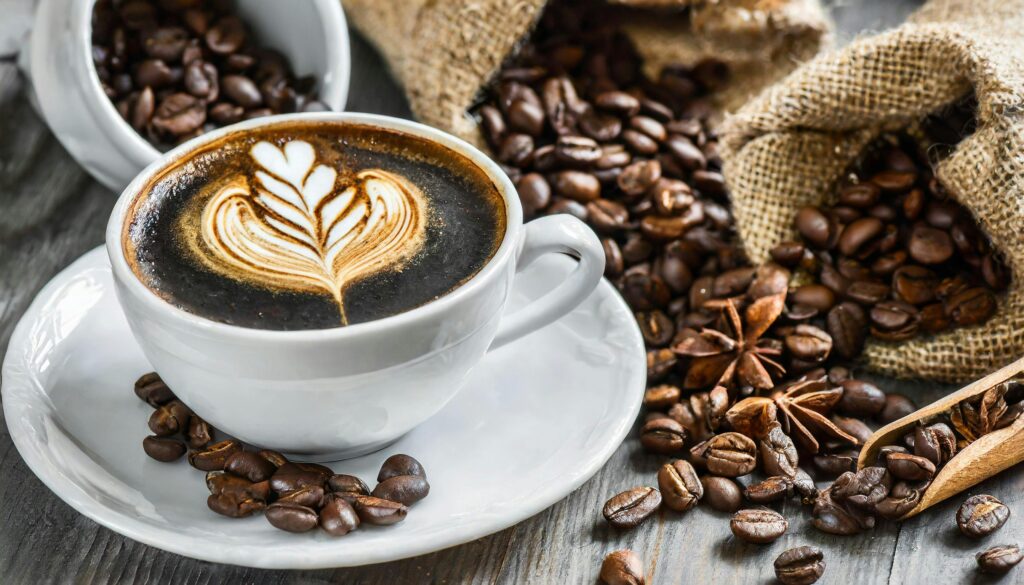
5. Ginger: The Warming Wonder
This knobby root doesn’t just add zing to your stir-fry – it adds zing to your metabolism. Ginger can increase the thermic effect of food and may help reduce feelings of hunger.
6. Cinnamon: The Blood Sugar Balancer
Cinnamon does double duty: it helps control blood sugar spikes (preventing fat storage) and has a mild thermogenic effect. I love adding it to my morning oatmeal or coffee.
7. Apple Cider Vinegar: The Digestion Enhancer
While the research is still evolving, apple cider vinegar seems to help with appetite control and may slightly boost metabolism. The acetic acid in ACV could help your body burn fat more efficiently.
8. Coconut Oil: The MCT Powerhouse
The medium-chain triglycerides (MCTs) in coconut oil are metabolized differently from other fats. They’re more likely to be burned for energy rather than stored as fat, and they require more energy to process.
9. Whole Grains: The Fiber Furnaces
Oats, quinoa, and brown rice make your digestive system work harder, burning more calories in the process. The fiber content is key here – it takes energy to break down and process.
10. Matcha: Green Tea’s Supercharged Cousin
Matcha is like green tea that hit the gym and got swole. It contains higher concentrations of catechins and provides a more sustained energy boost without the jitters.
11. Dark Chocolate: The Guilt-Free Indulgence
Yes, you read that right. Dark chocolate (70% cacao or higher) contains compounds that may boost metabolism. It’s not a free pass to eat a whole bar, but a square or two can be part of your thermogenic arsenal.
12. Grapefruit: The Citrus Scientist
Some studies suggest grapefruit can help with weight loss, possibly due to compounds that affect insulin levels and metabolism. Plus, it’s low in calories and high in water content.
13. Seaweed: The Thyroid Supporter
Rich in iodine, seaweed supports thyroid function, which is crucial for maintaining a healthy metabolism. Your thyroid is like your body’s metabolic control center.
14. Nuts and Seeds: The Healthy Fat Heroes
Almonds, walnuts, and chia seeds require significant energy to digest and are packed with protein and healthy fats that support metabolic health.
15. Berries: The Antioxidant Accelerators
Blueberries, strawberries, and raspberries are low in calories but high in fiber and antioxidants. They support overall metabolic health and help fight inflammation.
How to Maximize the Thermogenic Effect: My Strategy
Here’s what I’ve learned from years of experimenting with thermogenic foods: timing and combination matter.
Morning Kickstart: I start my day with black coffee and a pinch of cinnamon, followed by a protein-rich breakfast with some cayenne pepper sprinkled on my eggs.
Pre-Workout Fuel: Green tea or matcha about 30 minutes before exercising seems to enhance fat burning during workouts.
Strategic Snacking: When I need a snack, I go for options that pack a thermogenic punch, like Greek yogurt with berries and a dash of cinnamon.
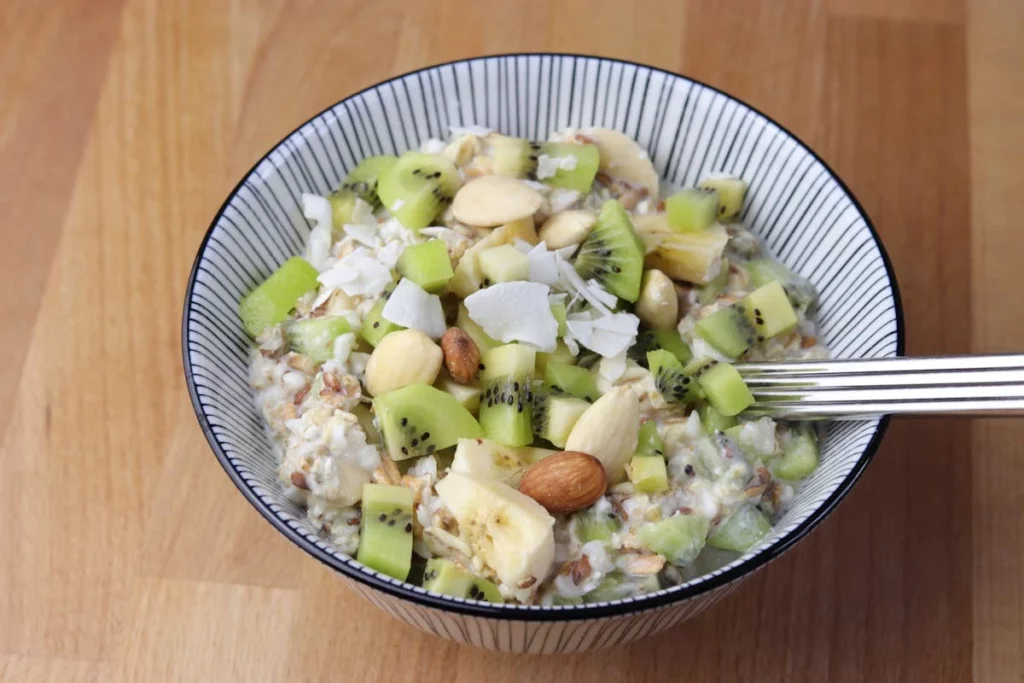
Creating Your Thermogenic Meal Plan
Let me walk you through a day of eating that maximizes thermogenic potential:
Breakfast: Scrambled eggs with spinach and jalapeños, side of steel-cut oats with cinnamon
Mid-morning: Green tea and a small handful of almonds
Lunch: Grilled salmon salad with mixed greens, ginger dressing
Afternoon: Matcha latte (unsweetened) with a square of dark chocolate
Dinner: Chicken breast with roasted vegetables seasoned with cayenne
Evening: Herbal tea with fresh ginger
This isn’t about perfection – it’s about consistency and finding what works for your lifestyle.
Common Myths About Thermogenic Foods (Let’s Set the Record Straight)
Myth 1: “Thermogenic foods will melt fat overnight.”
Reality: They’re helpful tools, not magic bullets. Think of them as part of a comprehensive approach.
Myth 2: “More is always better.”
Reality: There’s a sweet spot. Too much caffeine or capsaicin can backfire and make you feel awful.
Myth 3: “You can eat whatever else you want.”
Reality: Thermogenic foods work best within a balanced, calorie-appropriate diet.
The Supplement Situation: Do You Need Them?
Here’s my honest take on thermogenic supplements: whole foods first, supplements second. While there are some quality thermogenic supplements out there, I’ve found that focusing on real foods gives you better, more sustainable results.
If you do choose supplements, look for ones with research-backed ingredients like:
- Green tea extract
- Caffeine
- Capsaicin
- L-carnitine
Always consult with a healthcare provider before starting any new supplement regimen.
Potential Side Effects and Who Should Be Cautious
Let’s talk about the elephant in the room. While thermogenic foods are generally safe, some people might experience:
- Increased heart rate or jitteriness (especially with caffeine)
- Digestive upset from spicy foods
- Sleep disruption if consumed too late in the day
Who should be extra careful:
- Pregnant or breastfeeding women
- People with heart conditions
- Those taking certain medications
- Anyone with digestive issues
The Bottom Line: Making Thermogenic Foods Work for You
After years of studying and personally experimenting with thermogenic foods, here’s what I know for sure: they’re not a shortcut, but they’re a smart strategy.
The best approach? Start slowly, pay attention to how your body responds, and remember that consistency beats perfection every time. These foods work best when they’re part of a lifestyle that includes regular exercise, adequate sleep, and stress management.
I’ve seen people get frustrated when they don’t see immediate dramatic results, but that’s not how this works. Think of thermogenic foods as adding an extra 5-10% boost to your weight loss efforts. Over time, that compounds into significant results.
Your Next Steps: Putting Knowledge into Action
Here’s my challenge for you: pick three thermogenic foods from this list and incorporate them into your meals over the next week. Notice how you feel, pay attention to your energy levels, and most importantly, enjoy the process.
Weight loss doesn’t have to be about deprivation and bland foods. With thermogenic foods, you’re eating your way to a faster metabolism.
What thermogenic food are you most excited to try? Have you noticed any metabolism-boosting effects from foods you’re already eating? I’d love to hear about your experiences in the comments below.
Remember, your journey to better health is unique to you. These foods are tools in your toolbox – use them wisely, consistently, and with patience. Your future self will thank you for starting today.
Disclaimer: This information is for educational purposes only and should not replace professional medical advice. Always consult with a healthcare provider before making significant changes to your diet, especially if you have underlying health conditions.





